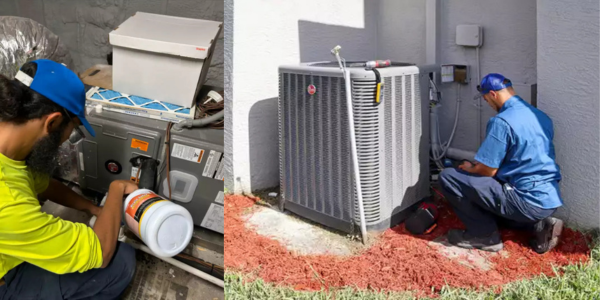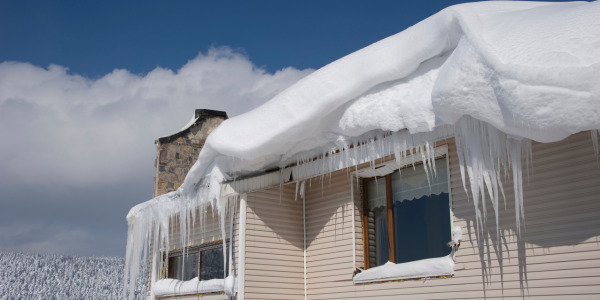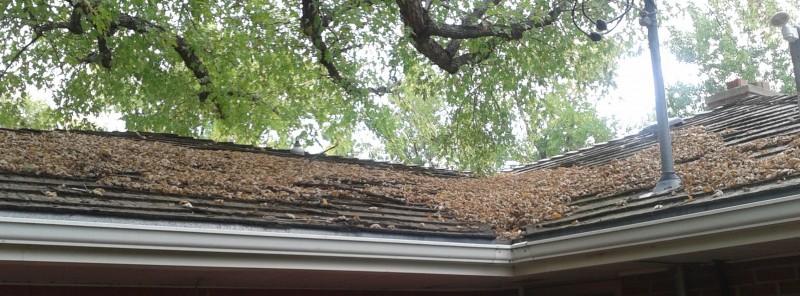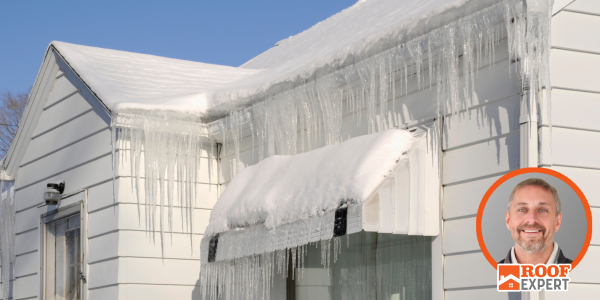What should I do if I have a clogged AC drain line?
July 27, 2025 at 6:00 a.m.By Crowther Roofing & Cooling.
A Florida homeowner’s guide to the warning signs, consequences, solutions and prevention for clogged AC drain lines.
Nothing is more frustrating than a broken air conditioning system in the middle of a Florida summer, and a common culprit is a clogged AC drain line. But our experts at Crowther Roofing & Cooling have got you covered. We created this guide to help you identify and resolve AC drain line issues so you can enjoy a comfortable summer.
Warning signs of a clogged AC drain line
- Water leaks: If you observe water pooling around your indoor unit or overflowing from the drain pan, it’s a clear indicator of a blockage.
- Musty odors: Stagnant water in clogged lines can lead to mold and mildew, emitting a musty smell around your AC unit.
- High humidity levels: A properly functioning AC helps to regulate indoor humidity levels. A clog may impair this function, leading to unusually high indoor humidity.
- AC unit shutting off: Some AC units have safety switches that will turn off the unit if water backs up in the drain pan.
- Water stains: Stains may appear on walls or ceilings near the air handler.
- Gurgling sounds: If you hear noise coming from the drain line area when the system is running.
Potential consequences of ignoring a clogged drain line
Failing to address a clogged AC drain line promptly can lead to significant problems beyond just an uncomfortable home.
- Structural damage: Persistent water leakage can damage flooring, drywall and ceiling materials.
- Electrical hazards: Water backing up into your AC system may contact electrical components, creating dangerous short circuits and potential fire hazards.
- Mold and mildew: Extensive growth can spread throughout your HVAC systems and ductwork, especially during Florida’s humid Summers, affecting indoor air quality.
- Voided warranty: Some manufacturers may void the warranty if damage is caused by neglected maintenance.
- Complete system failure: Standing water can damage critical components of your AC system and could lead to a complete failure requiring a costly replacement rather than a simple repair.
- Algae and mold growth: The dark, moist environment in the drain line provides the perfect conditions for biological growth.
- Dust and debris accumulation: Particles that pass through your system can settle in the drain line over time.
- Mineral buildup: In areas with hard water, mineral deposits can gradually narrow the pipe's interior.
- Insect activity: Small insects may enter the external drain opening and build nests or leave debris.
- Improper installation: Drain lines without proper slope or with unnecessary bends are more prone to clogging.
DIY solutions for unclogging your drain line
Safety first. Before attempting any of these DIY solutions, it's crucial to prioritize your safety. Always turn off the AC unit at the thermostat and, if possible, the circuit breaker that controls the AC unit. This will minimize the risk of electrical shock. If you are uncomfortable working with any of these steps, or if you are unsure about how to proceed, it's always best to call a qualified HVAC technician.
For the handy homeowner, several methods can effectively clear a clogged AC drain line:
1 - Wet/dry vacuum technique
- Locate the end of your condensate drain line (typically a PVC pipe sticking out from the side of your house).
- Place the hose of a wet/dry vacuum over the end of the pipe.
- Create a tight seal using duct tape or by holding it firmly.
- Run the vacuum for 1-3 minutes to suction out the clog.
2 - Cleaning via access port
- Find the access port on your drain line (usually a T-shaped fitting with a cap near your indoor unit).
- Turn off your AC system for safety.
- Remove the cap carefully.
- Pour 1 cup of distilled white vinegar, hydrogen peroxide or a commercial AC drain cleaner into the opening.
- Wait 30 minutes to allow the solution to break down the clog.
- Flush with water to clear dissolved debris.
3 - Manual snake cleaning
- Turn off your AC system.
- Access the drain line from either the indoor access point or the outdoor exit point.
- Carefully insert a small flexible brush or plumber's snake.
- Gently push and rotate to break up the clog.
- Flush with water afterward to ensure the line is clear.
When to call a professional
- Stubborn clogs: If you've tried DIY methods and the clog persists, it's time to call Crowther Roofing & Cooling.
- Extensive water damage: If you notice significant water damage, a professional can assess the situation and prevent further damage.
- Electrical issues: If you're uncomfortable working with electrical components, leave it to the professionals.
- Clogs within walls: If you suspect the clog is within your walls, it's best to call a professional.
Preventing future clogs
- Regular maintenance: Schedule regular AC maintenance to ensure your drain line is clean and clear. Consider Crowther’s CoolCheck™ Service & Maintenance plan that can be customized so that you can have peace of mind and reduce costly repairs.
- Change air filters: Replace your AC's air filters according to the manufacturer's recommendations to prevent excess dust from entering the system.
- Flush the drain line: Regularly flush your drain line with a vinegar solution (a cup of white vinegar followed by water) every few months.
- Drain line tablets: Use drain line tablets or algaecide strips to prevent algae and mold growth.
- Proper sloping: Ensure your drain line is properly sloped to allow water to flow freely.
- Seal openings: Seal any openings in the drain line to prevent pests from entering.
By understanding the signs, causes and remedies for a clogged AC drain line, as well as adopting preventive measures, you can ensure your air conditioning system continues to provide comfort without interruption. Remember, maintaining your AC not only extends its lifespan but also improves its efficiency and effectiveness.
Original article and photo source: Crowther Roofing & Cooling
Have a question? AskARoofer.
Find your local roofing contractor in the AskARoofer™ Contractor Directory.














Comments
Leave a Reply
Have an account? Login to leave a comment!
Sign In